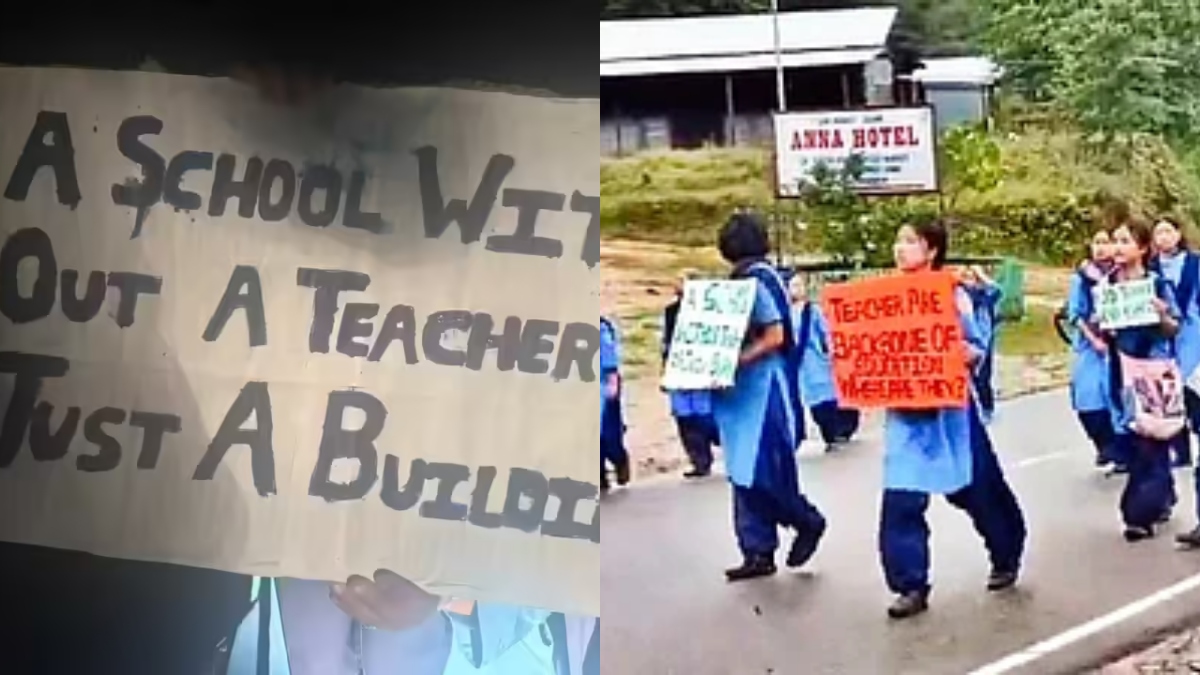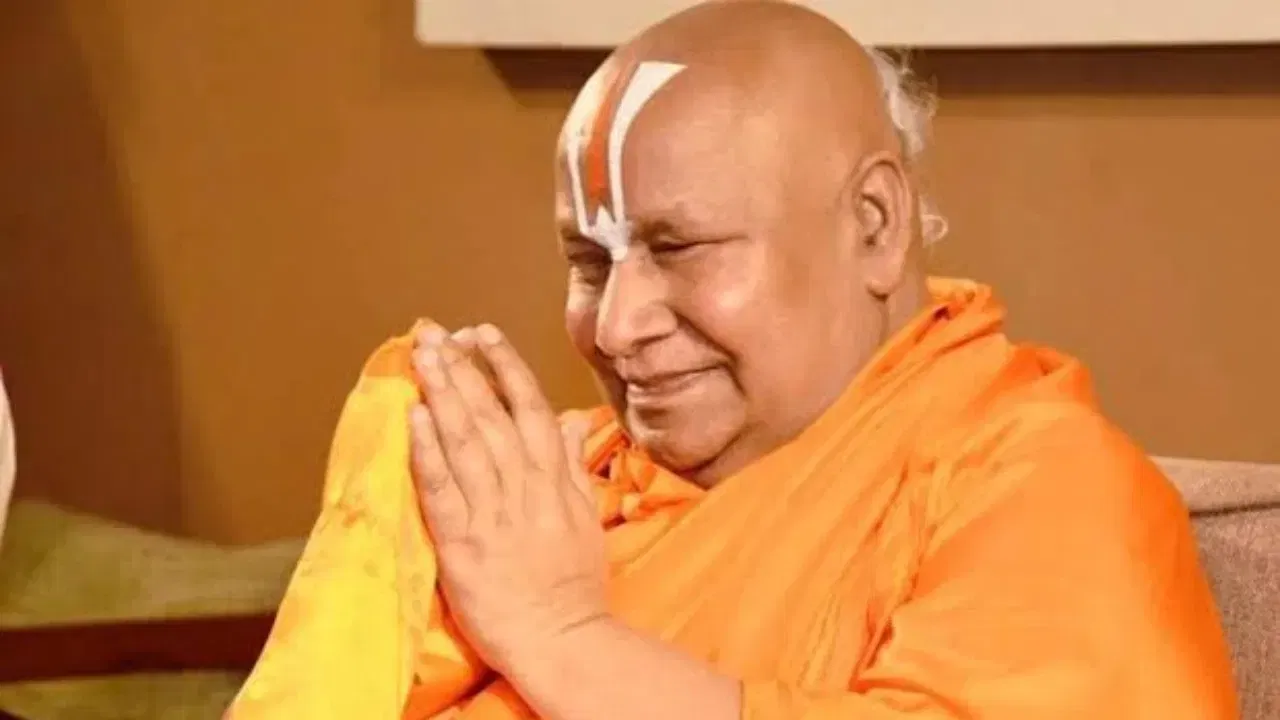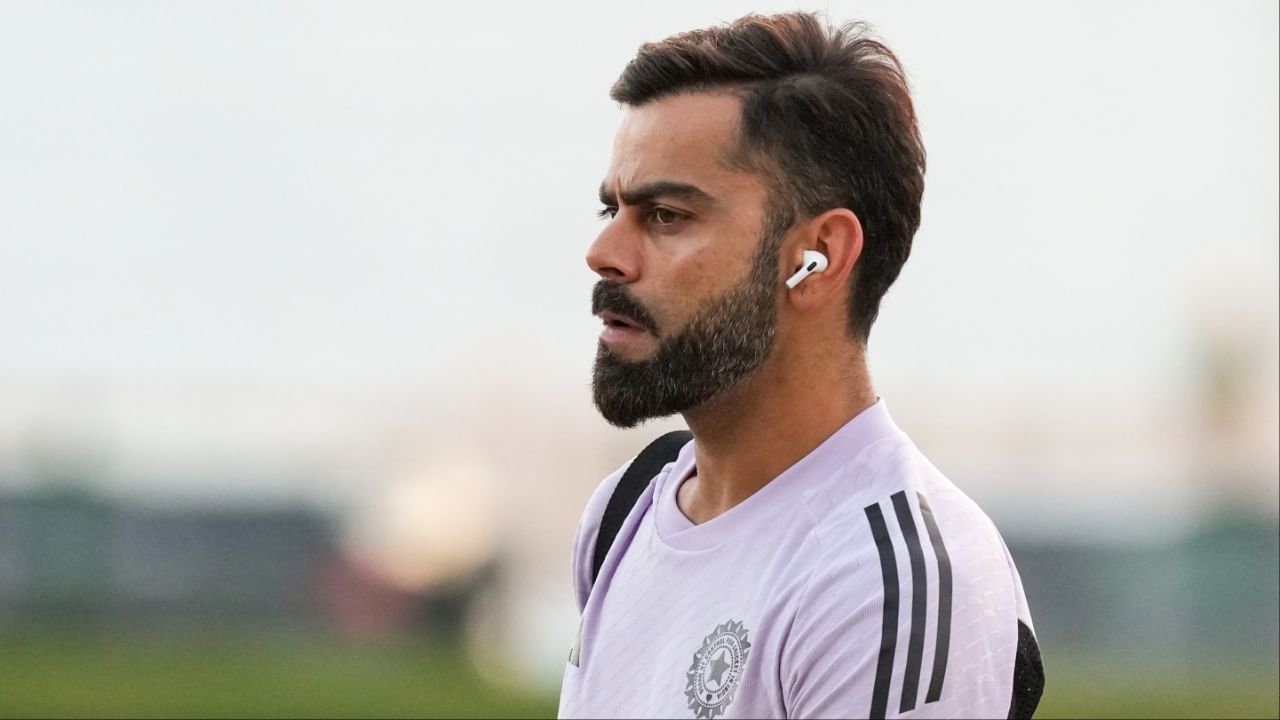A meeting took place on Thursday between Chief Minister Hemant Soren and Professor Rajiv Srivastava, the Director of the Indian…
Browsing: Education
A meeting was held between Chief Minister Hemant Soren and Professor Rajiv Srivastava, the Director of the Indian Institute of…
Students of Kasturba Gandhi Balika Vidyalaya (KGBV) school in Arunachal Pradesh’s Pakke Kesang district demonstrated their frustration over the lack…
The 8th Bihar Student Parliament, held at Anugrah Narayan College in Patna, brought together various dignitaries and young leaders. The…
In response to the Jharkhand High Court’s instructions, the state government has revised the rules concerning the Right of Children…
Jagadguru Swami Ramabhadracharya has once again found himself at the center of controversy following his statements made during a Ramkatha…
The UAE offers a Golden Visa program, a long-term residency scheme designed to attract talent and foster innovation. The program…
Chief Minister Vishnu Deo Sai announced a special emphasis on Bastar in the new industrial policy during the Thakur Joharni…
During a TV-9 Digital meeting in Gaya, Bhojpuri singer and Jan Suraj Party leader Ritesh Pandey addressed a question concerning…
This piece examines Virat Kohli’s academic record, specifically his performance in Hindi during his 10th-grade examinations, in light of Hindi…










